Essential Care And Training Tips For The Most Popular Talking Birds
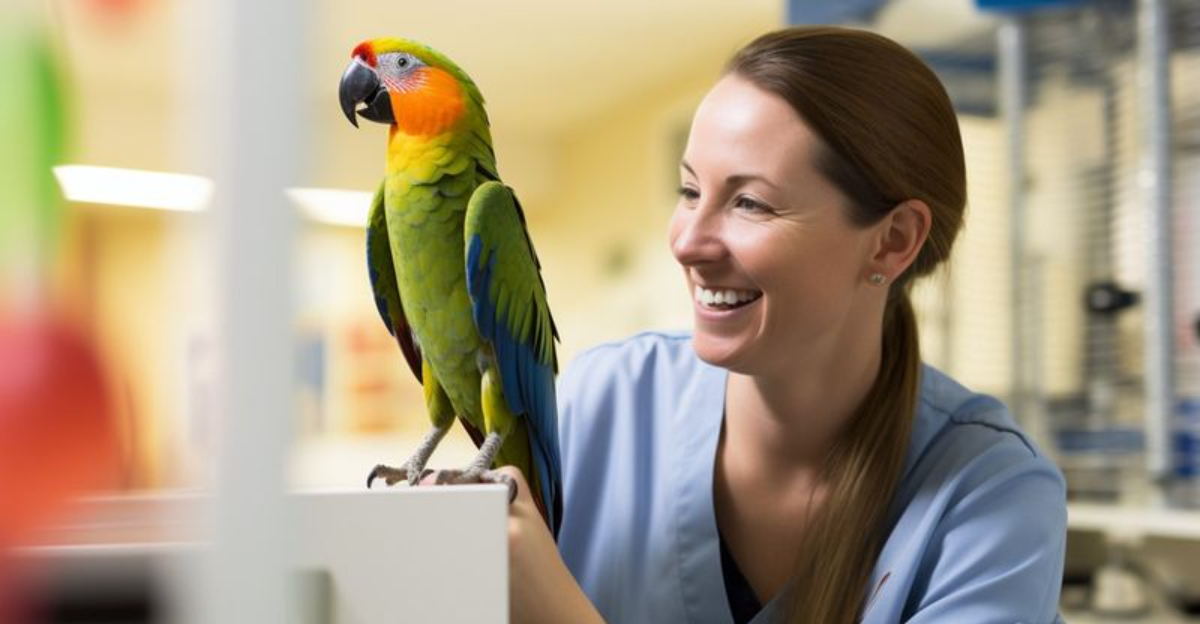
Talking birds bring joy, companionship, and endless entertainment to homes worldwide with their remarkable ability to mimic human speech. From the chatty African Grey to the melodious Canary, these feathered friends require specific care and training to thrive and develop their vocal talents.
Whether you’re a first-time bird owner or looking to enhance your current bird-keeping skills, these essential tips will help you create the perfect environment for your talking companion to flourish both physically and mentally.
1. Spacious Cages Make Happy Talkers
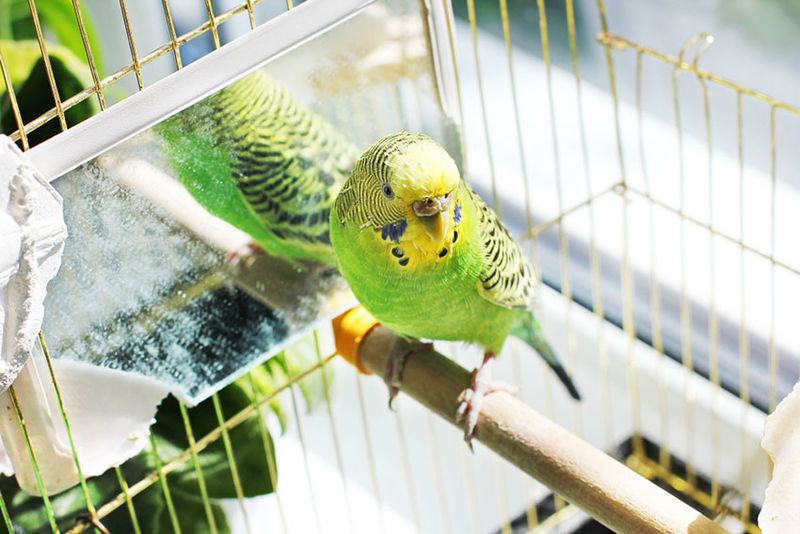
Your talking bird needs room to stretch those wings! A properly sized cage is the foundation of good bird care – think of it as their primary residence where they’ll spend most of their time. Birds that feel cramped often become stressed and less likely to talk.
The general rule: select a cage at least twice the wingspan of your bird in width, depth, and height. Bar spacing matters too – small enough that they can’t get their head stuck, but large enough for good airflow.
Position the cage against a wall rather than in the middle of a room to provide security. Your feathered friend will feel more confident and chatty when they don’t have to watch their back!
2. Nutrition Powers The Voice Box
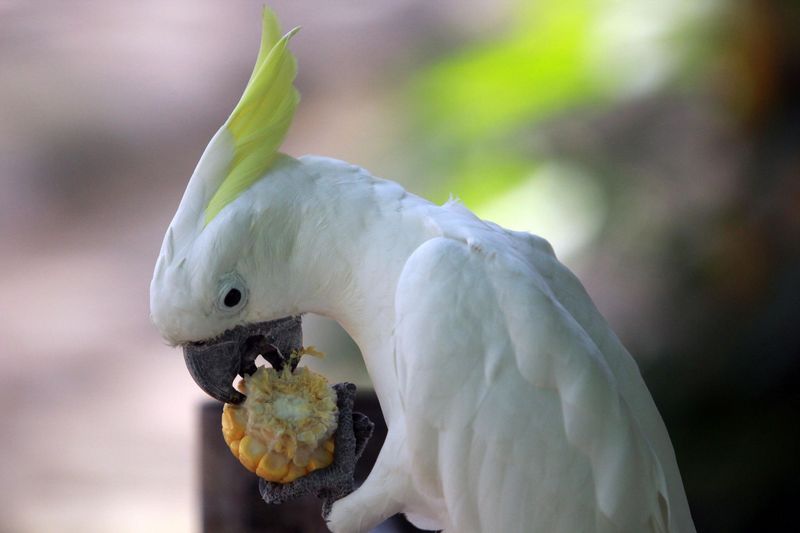
Feed your feathered friend like the vocal athlete they are! Proper nutrition directly impacts your bird’s talking ability and overall health. A high-quality pelleted diet should form about 70% of their daily food intake.
Fresh fruits and vegetables add vital nutrients – try leafy greens, bell peppers, berries, and melons in small, bird-sized portions. Some talking species like African Greys need extra calcium, while others require specific vitamin supplements.
Avoid avocados, chocolate, caffeine, and alcohol – these are toxic to birds. Fresh, clean water must always be available, changed daily to prevent bacterial growth that could affect their delicate respiratory systems and vocal abilities.
3. Daily Social Interaction Boosts Vocabulary
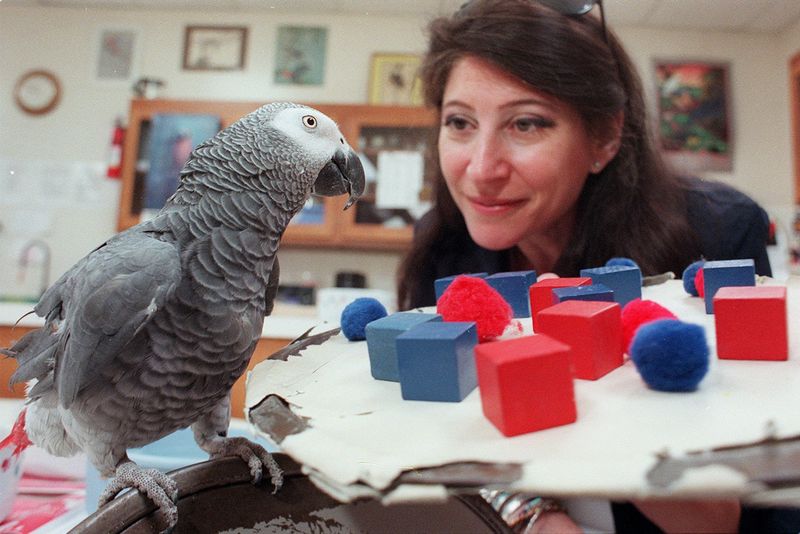
Talking birds are social creatures who learn through connection! Setting aside at least 2-3 hours daily for direct interaction dramatically improves their speaking abilities. These birds don’t just mimic – they communicate with those they bond with.
Morning and evening tend to be when birds are most vocal and receptive to learning new words. Keep sessions positive and upbeat, as birds pick up on emotional tones. Speak clearly and repeat phrases consistently in the same tone.
Remember that your bird views you as part of their flock. Eating meals near them, reading aloud, or simply keeping them in family gathering areas helps them feel included and more likely to participate in “conversations.”
4. Mind-Stimulating Toys Prevent Boredom
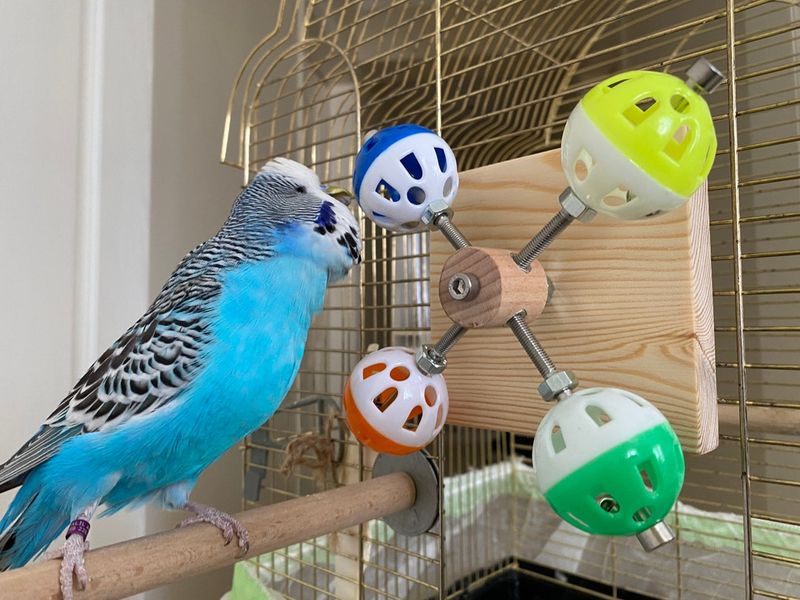
Smart birds need smart toys! Talking birds rank among the most intelligent avian species, with problem-solving abilities similar to toddlers. Mental stimulation keeps them happy and more likely to practice their speech.
Rotate toys weekly to maintain interest – puzzles that dispense treats, colorful blocks for stacking, and foraging toys that hide food are excellent choices. Avoid toys with small parts that could be swallowed or those containing zinc, lead, or treated woods.
Mirrors should be used cautiously as some birds become obsessed with their reflection and may talk less to humans. The best toys encourage natural behaviors like chewing, climbing, and manipulating objects – skills that keep their active minds engaged between talking sessions.
5. Regular Veterinary Check-ups Protect Vocal Health
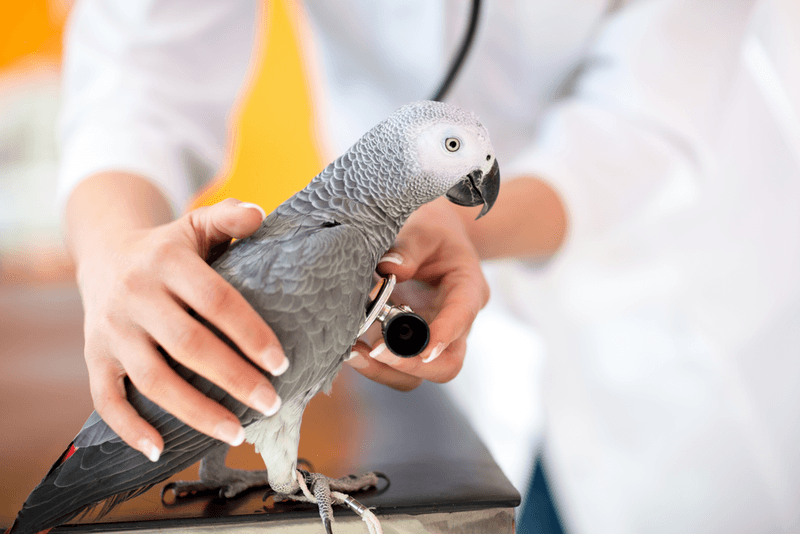
Your talking bird’s voice deserves professional care! Schedule avian vet visits at least annually to catch potential health issues before they affect speech. Birds instinctively hide illness, often showing symptoms only when seriously sick.
The respiratory system directly impacts vocalization – subtle changes in voice quality can signal respiratory infections. Weight fluctuations also affect talking ability, as overweight birds struggle with breath control while underweight ones lack energy to speak.
Find an avian-certified veterinarian who specializes in birds, not just a general pet doctor. Establish baseline health parameters when your bird is healthy so abnormal changes can be detected early.
Protecting your bird’s physical health ensures their voice remains strong and clear for years of conversation.
6. Consistent Training Methods Yield Results
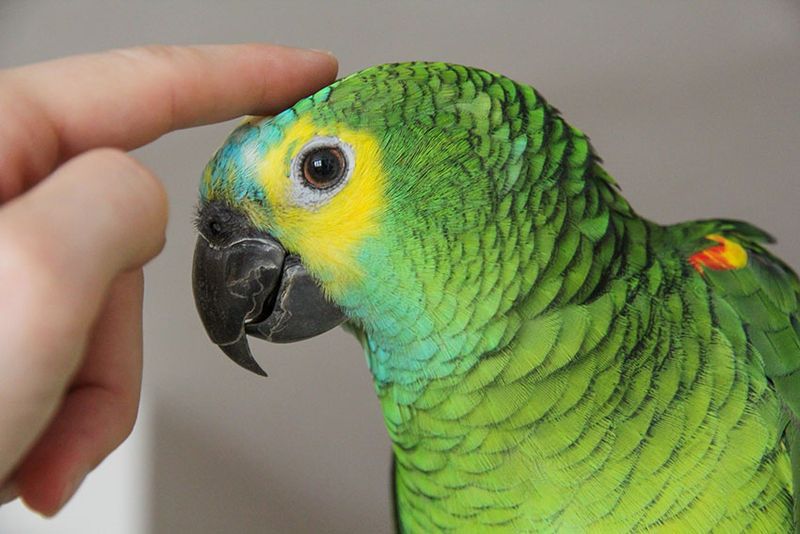
Patience pays off when teaching birds to talk! Establish a regular training routine of 10-15 minute sessions, 2-3 times daily. Short, frequent lessons work better than occasional long ones because birds have limited attention spans.
Reward immediately with praise, head scratches (if your bird enjoys them), or small treats when they attempt new words. Morning training often yields best results as most talking birds are naturally more vocal after waking up.
Target specific words that matter to you rather than overwhelming them with vocabulary. Words with hard consonants like “p” or “b” are easier for birds to pronounce than softer sounds. Record yourself saying training phrases and play them when you’re not home – many birds practice when alone!
7. Species-Specific Care Makes Communication Flourish
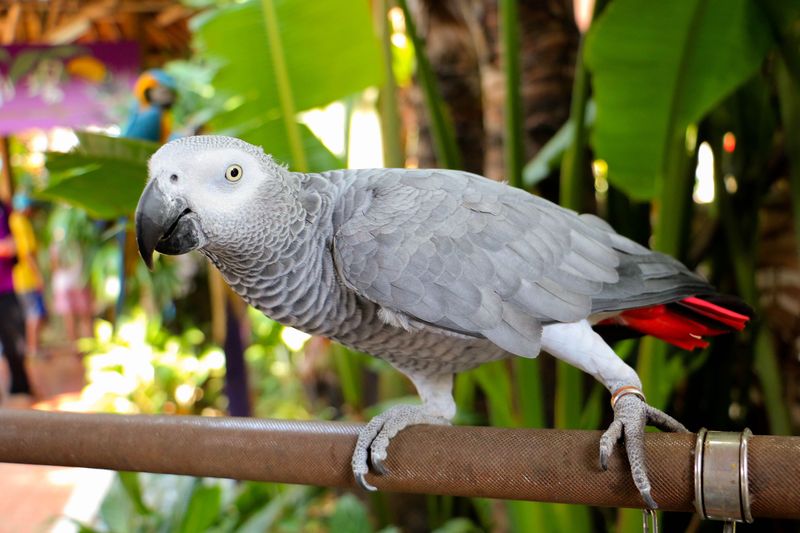
Different talking birds have unique needs and abilities! African Greys, considered the Einstein of parrots, require intellectual stimulation through puzzles and vocabulary-building games. They can learn hundreds of words with contextual understanding.
Budgies (parakeets) are underestimated talkers who prefer high-pitched, fast speech and excel with daily, brief training. Cockatiels respond better to whistling and musical phrases than complex words, while Quaker parrots learn quickly through repetition and social interaction.
Mynah birds are natural mimics of environmental sounds beyond just words. Research your specific species’ natural behaviors and communication styles to optimize your training approach – what works for one talking bird may not work for another!
8. Safe Environment Encourages Vocal Confidence
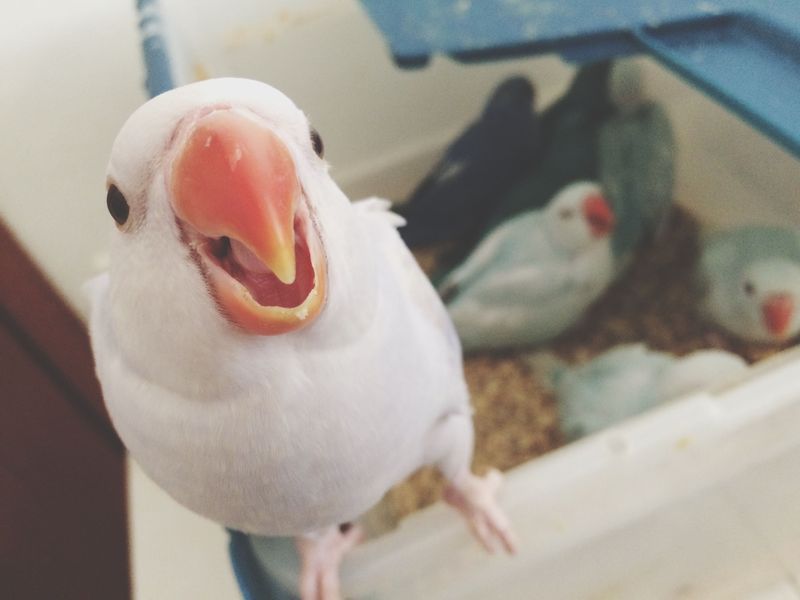
Talking birds clam up in threatening spaces! Create a safe zone by positioning cages away from drafts, direct sunlight, and kitchen fumes that can damage sensitive respiratory systems. Birds who feel secure talk more freely.
Remove hazards like ceiling fans when birds are flying free, and eliminate toxic houseplants like lilies and philodendrons. Non-stick cookware releases fumes that can be fatal to birds within minutes – use stainless steel or cast iron instead.
Maintain stable temperatures between 65-85°F and moderate humidity levels. Cover cages at night with breathable fabric to signal bedtime and provide security.
Birds need 10-12 hours of uninterrupted darkness for proper rest, which directly impacts their daytime vocalization energy and clarity.
9. Recording Sessions Accelerate Learning
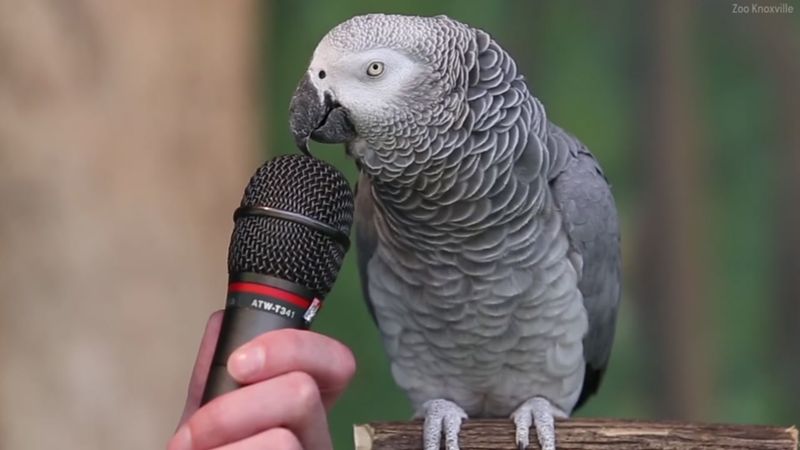
Technology gives your talking bird a learning boost! Record your voice saying phrases you want your bird to learn, then play these recordings for 15-20 minutes when you’re away. Many birds practice speech when alone, perfecting their skills in private.
Use clear, enthusiastic tones in your recordings since birds respond to emotional inflection. Create playlists with different words and phrases to prevent boredom. Some species like African Greys and Amazons have been known to learn from television programs or radio shows with consistent voices.
Modern pet cameras with two-way audio allow you to interact remotely, reinforcing training throughout the day. Just be mindful not to overdo it – birds also need quiet time to process what they’re learning and rest their vocal apparatus.
10. Wing Clipping Considerations For Talking Birds
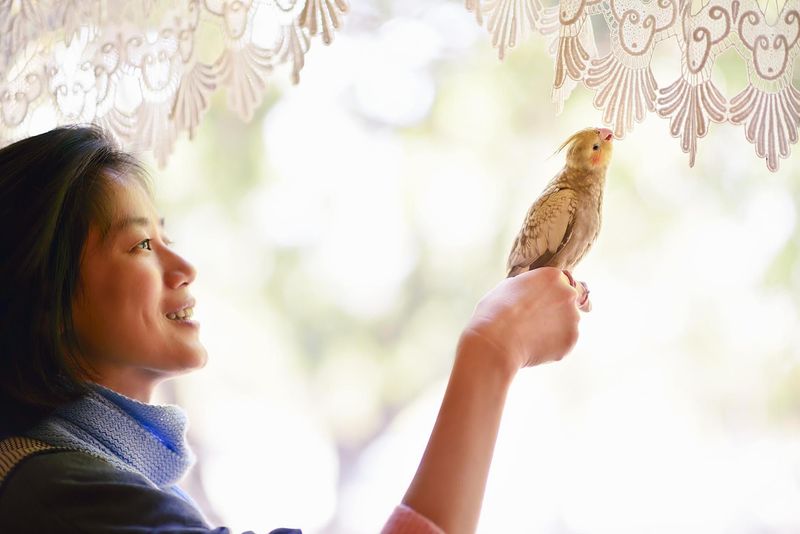
The flight feather debate directly impacts speech development! Partially clipped birds often feel more dependent on humans and may develop stronger talking abilities through increased interaction. However, flight restriction can cause stress in some individuals, reducing vocalization.
If you choose to clip, ensure it’s done by an experienced professional who leaves enough feathers for gliding and safe landings. Never clip both wings completely – this causes dangerous dropping rather than controlled descent.
Consider your living situation carefully – birds who can fly have better exercise opportunities and natural behavior expression.
Many bird experts now recommend flight training with recall commands as an alternative to clipping, allowing safe flight within the home while maintaining the human-bird bond essential for speech development.
11. Proper Sleep Patterns Enhance Vocal Learning
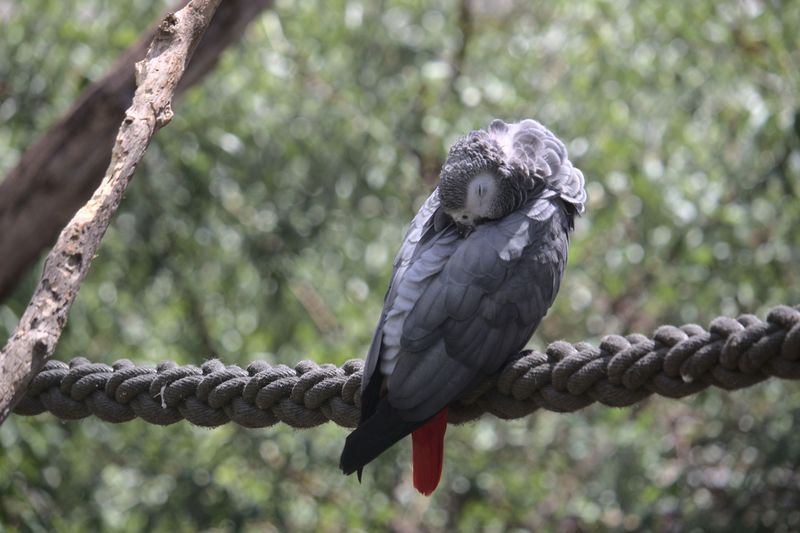
Well-rested birds talk better! Talking birds require 10-12 hours of uninterrupted darkness each night to maintain optimal health and learning capacity. Sleep deprivation leads to crankiness and reduced interest in speech interaction.
Create a consistent sleep schedule that aligns with natural daylight when possible. Cover the cage with a breathable cloth that blocks light but allows airflow.
Keep the sleeping area quiet – birds have excellent hearing and can be disturbed by household noises humans might ignore. Morning hours following restful sleep are prime time for vocal practice.
Many bird owners report spontaneous “practice sessions” shortly after uncovering the cage when their birds seem to run through their entire vocabulary. This natural behavior can be leveraged for introducing new words during these receptive periods.
12. Positive Reinforcement Builds Speech Confidence
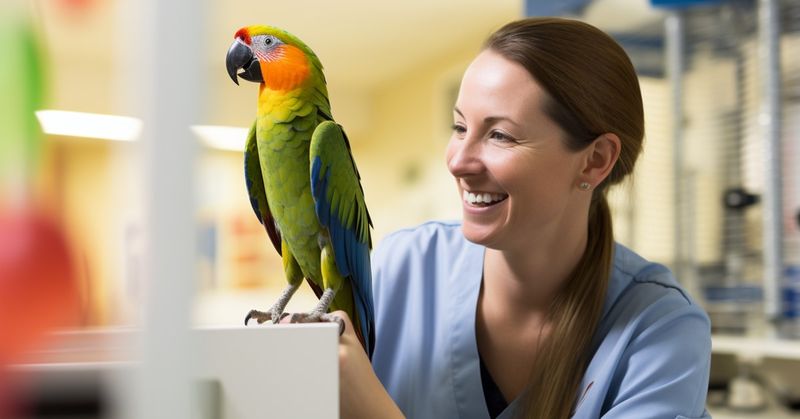
Birds respond to enthusiasm, not punishment! When your feathered friend attempts a new word, immediately react with excitement, treats, or gentle praise. This positive association makes them eager to try again and expand their vocabulary.
Timing matters tremendously – rewards must come within 3 seconds of the desired behavior to create the mental connection. Favorite treats like small pieces of unsalted nuts or bits of fruit work well, but keep portions tiny to maintain health.
Never scold or show frustration when training fails to progress. Birds are extremely sensitive to negative emotions and may develop fear associations with speaking attempts.
Patience creates a stress-free learning environment where talking becomes a joyful activity rather than a performance pressure – leading to more natural, frequent communication.
13. Socialization With Multiple People Expands Vocabulary
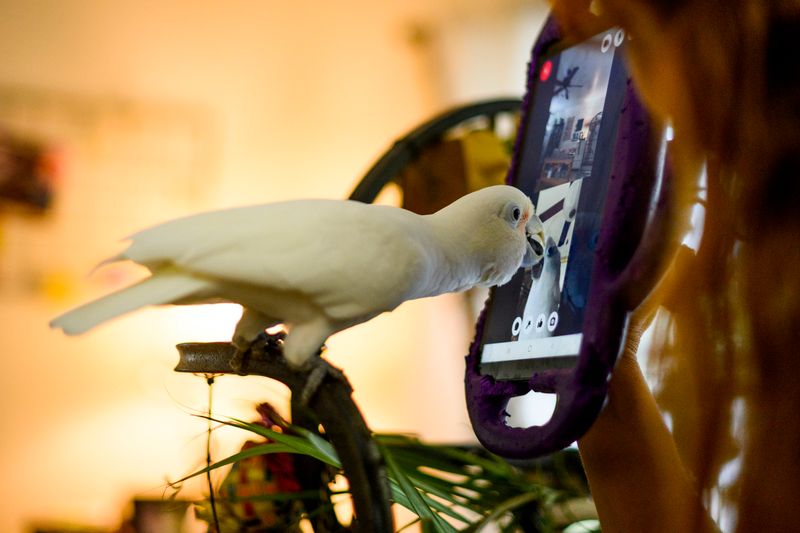
Talking birds benefit from diverse human interactions! While birds often bond primarily with one person, exposure to different voices, accents, and speech patterns creates more versatile talkers. Regular visitors can be enlisted as “vocabulary coaches” with specific phrases to repeat.
Group gatherings provide excellent learning opportunities as the excitement and varied conversations stimulate birds’ interest. However, always monitor for signs of stress in social situations – puffed feathers, rapid breathing, or retreating to the cage corner indicate overwhelm.
Virtual socialization works too! Video calls with family members can maintain social connections for your bird.
Some owners report their birds recognize and respond differently to various people on screen, demonstrating their remarkable ability to distinguish individual humans and their speech patterns.






